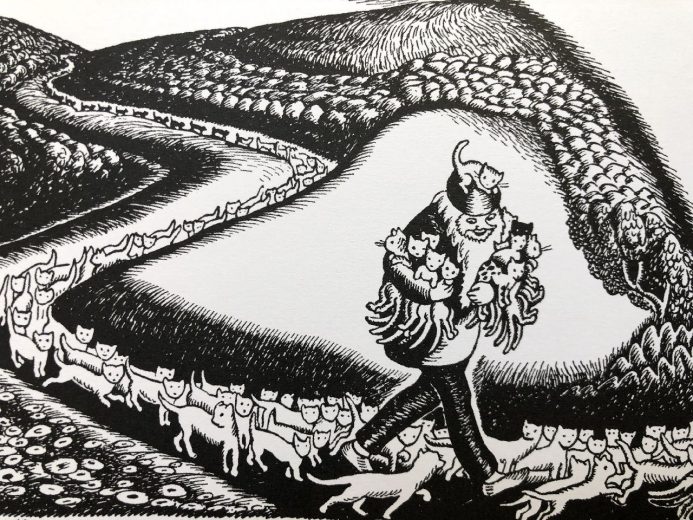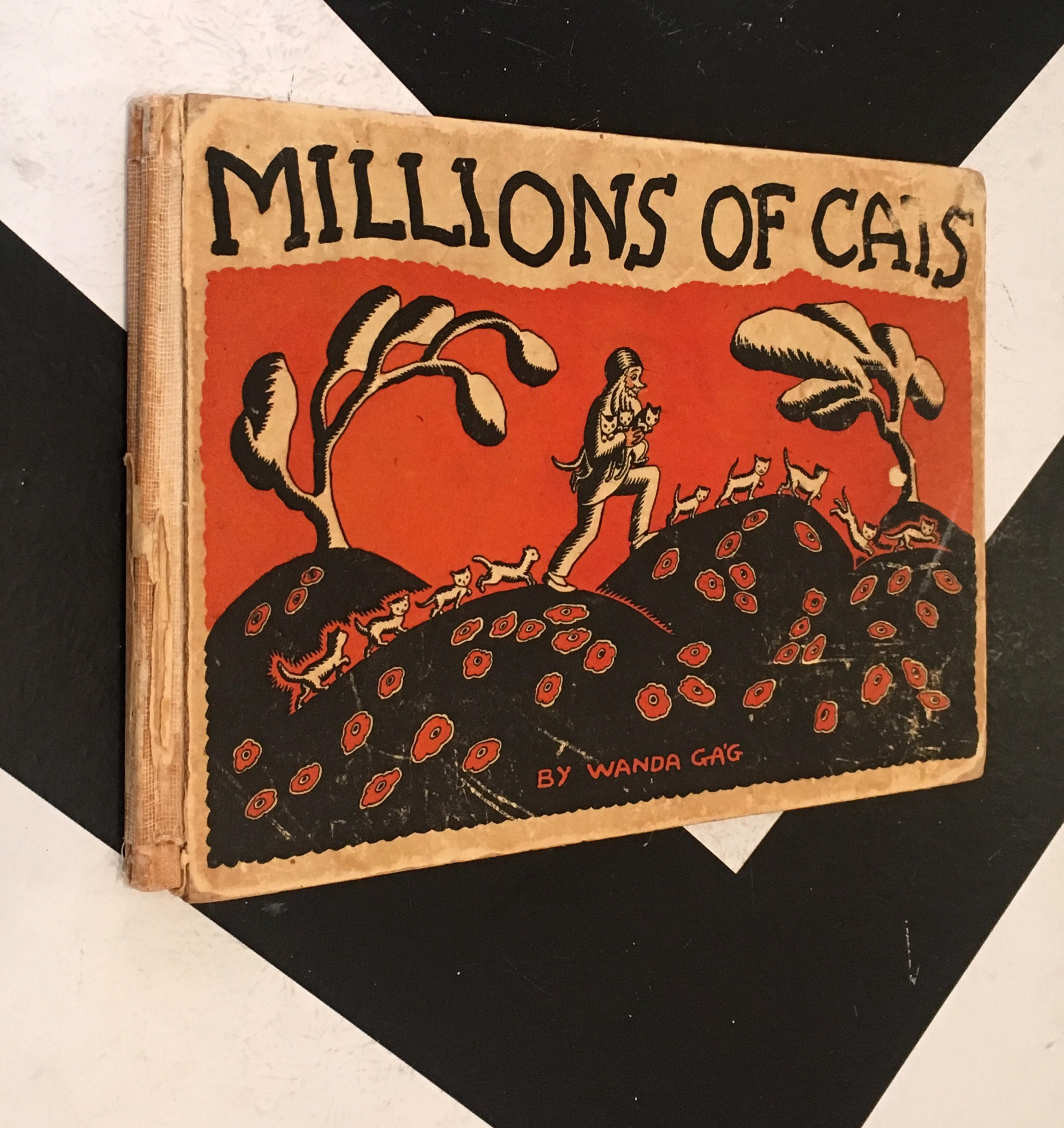

In 1927, her article These Modern Women: A Hotbed of Feminists was published in The Nation, drawing the attention of Alfred Stieglitz and prompting Egmont Arens to write: "The way you solved that problem (her relationship with men) seems to me to be the most illuminating part of your career. She began to sell her lithographs, linoleum block prints, water colors and drawings through the gallery. Gág's one-woman-show in the Weyhe Gallery in 1926 led to her being acclaimed as "… one of America’s most promising young graphic artists… " and was the start of a lifelong relationship with its manager, Carl Zigrosser.

In 1925 she created a series of illustrated crossword puzzles for children that was syndicated in several newspapers. In 1924, Gág's work was published in a short-lived folio-style magazine with artist William Gropper. She began signing her name "Gág" around this time. Gág's art exhibition in the New York Public Library in 1923 was her first solo show. Ĭover of Happiwork Packages game for children, Circa 1921Īn illustration of Gág's was published in Broom: An International Magazine of the Arts in 1921. Her first illustrated book commission (as Wanda Gäg) was A Child’s Book of Folk-Lore- Mechanics of Written English by Jean Sherwood Rankin (1917).

While there, she became friends with Harry Gottlieb and Adolf Dehn.

From 1914 to 1917 she attended The Minneapolis School of Art under the patronage of Herschel V. With a scholarship (and the aid of friends), she attended The Saint Paul School of Art in 19. Herrmann who exposed her to new ideas in art, politics and philosophy. In 1913, Gág began a platonic relationship with University of Minnesota medical student Edgar T. After graduating in June 1912, she taught country school in Springfield, Minnesota, from November 1912 to June 1913. While still a teenager her illustrated story Robby Bobby in Mother Goose Land was published in The Minneapolis Journal in their Junior Journal supplement. Despite this pressure, Wanda continued with her high school education. His final words to her were: "Was der Papa nicht thun konnt', muss die Wanda halt fertig machen." (What Papa couldn't do, Wanda will have to finish.) įollowing his death, the family was on welfare and some townspeople thought that Wanda should quit high school and get a steady job to help support her family. The eldest of seven siblings, Wanda was 15 when her father died of tuberculosis. Wanda Hazel Gág was born March 11, 1893, in the German-speaking community of New Ulm, Minnesota, to Elisabeth ( née Biebl) Gag and the artist and photographer Anton Gag.


 0 kommentar(er)
0 kommentar(er)
